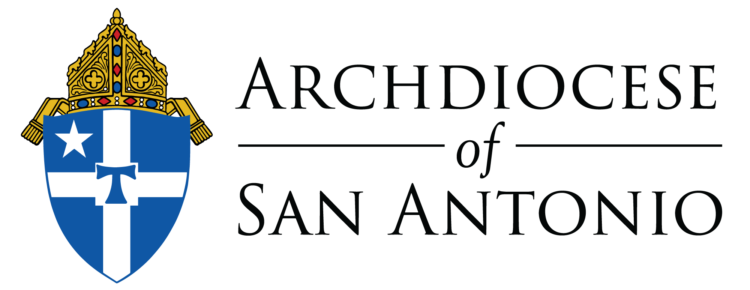Quick Links
Mission Statement
By the three days our Lord lay in the tomb, He made holy the graves of all who believe in Him.
On this belief we are committed to uphold the truth that the holy apostolate of burying the dead and hallowing the place of burial will always remain the central focus of this corporal work of mercy.
Further that we are committed to sustain the Tradition of our church, teach, and evangelize the community, and to provide for the eternal care of our dead brothers and sisters in Christ. That those entrusted to our care will remain in our prayers and that by our prayers they may come to intercede for us before the almighty. And for those who mourn those entrusted to our care, may they not only find solace in our action, but the building up of the spirit to the greater glory God.
Clean Up Date Signs
Signs are posted in advance at both entrances to inform patrons of upcoming clean up dates. Dates coincide with chart below.
Cemetery Hours
Gates normally open at 8:00 a.m. The main gate closes at 5:00 p.m. and the Cupples road gate closes at 6:00 p.m. Normally the entrance side of the gates will be closed and only the exit sides will remain open prior to closing. We ask that patrons begin departure 15 minutes before closing to allow for securing the facility on time.
Speed Limit
The observed speed limit throughout the cemetery is 20 miles per hour. It is posted at various locations. Please do not exceed the speed limit.
Sign Observance
For your safety and the protection of other patrons and property, observe all signs, i.e., “Keep Off Grass,” “Fire Ant Warnings,” “Decoration Restrictions,” etc.
Mass Celebration
Mass is celebrated on the first Saturday of every month at 10 a.m. in the Mausoleum Chapel. All are invited to attend Mass.
Work Orders
Patrons desiring to have work done to a gravesite can either come by the office or they may call in their request. A work order must be filled out to track the work and ensure that it is accomplished to the patron’s satisfaction. We process between 100 to 150 work orders daily. The minimum time to repair most work orders is two weeks under normal circumstances. Patrons will be called when work is completed.
Weather Conditions
Funerals take precedence over all work on the cemetery premises. Occasionally, severe weather (rain, sleet, etc.) will make the preparation more difficult. Care is taken to prevent disturbances, but heavy equipment sometimes will disrupt gravesite locations. In these cases, repairs to sites are made as soon as weather and soil conditions permit.
Locations and Contact Us

Holy Cross Cemetery
17501 Nacodoches, San Antonio, TX 78266
Tel (210) 651-6011
Fax (210) 651-5241
Teresa Gariepy, Manager
[email protected]
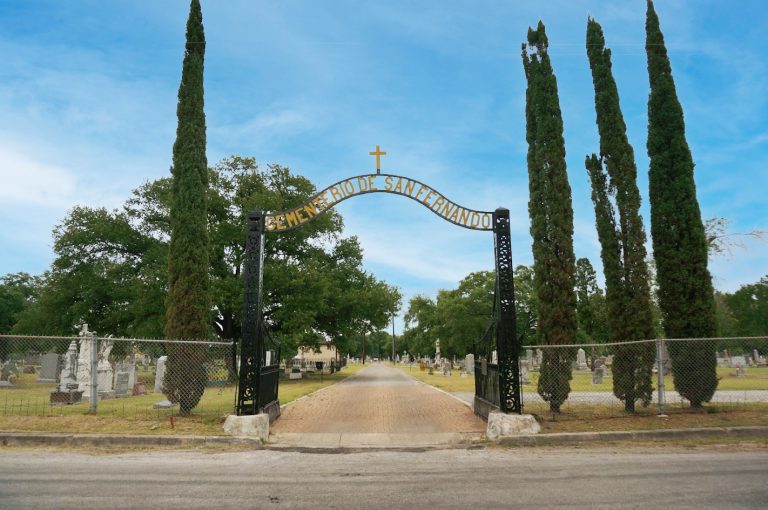
San Fernando Cemetery I
1100 S. Colorado, San Antonio, TX 78237
Tel (210) 432-2303
Fax (210) 432-3254
Richard Corpus, Manager
[email protected]
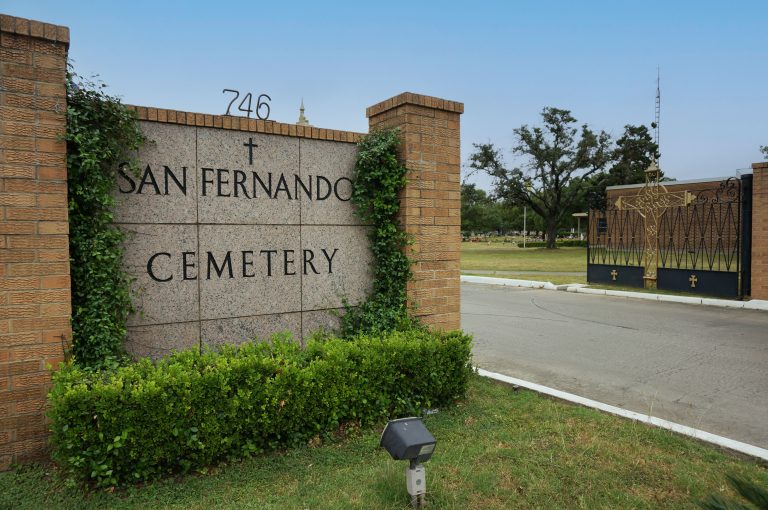
San Fernando Cemetery II
746 Castroville Road, San Antonio, TX 78237
Tel (210) 432 2303
Fax (210) 432-3254
Richard Corpus, Manager
[email protected]
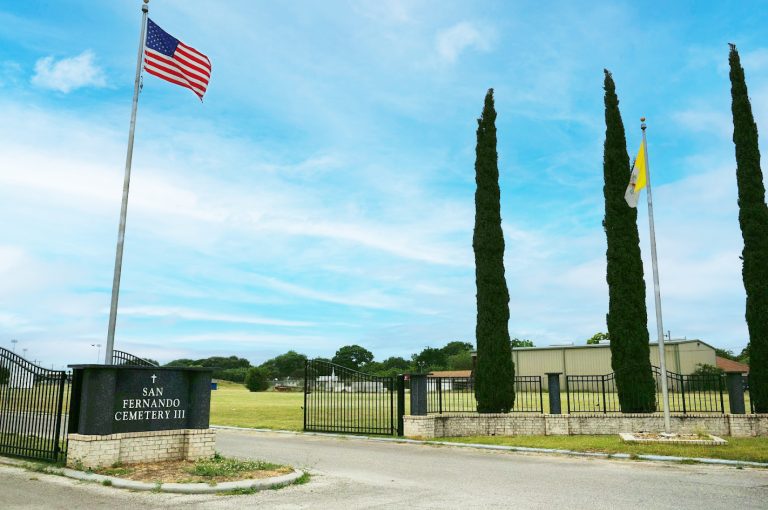
San Fernando Cemetery III
1735 Cupples Road, San Antonio, TX 78226
Tel (210) 432-2364
Fax (210) 432-4346
Definitions
- The term “Management” shall mean the person or persons duly appointed by the Administrators of the Catholic Cemeteries of San Antonio for the purpose of conducting and administering to the cemeteries owed and operated by the Archdiocese of San Antonio.
- The term “Care” shall mean that the general care of the cemetery and mausolea are herein defined.
- The term “Cemetery” as used herein shall mean all the property for earth burials and mausoleums for crypt entombments.
- “Crypt” shall mean in a mausoleum or Lawncrypt, a compartment of sufficient size used, or intended to be used, to entomb human remains.
- “Entombment” shall herein mean burial above ground in a mausoleum or in a below ground Lawncrypt.
- “Grave” shall mean a space of ground in the cemetery used, or intended to be used, for burial of human remains.
- By the term “Interment” means either earth burial or above ground entombment.
- The term “Plot” shall include and apply to one, or more than one adjoining graves, or one or more that one adjoining crypt.
- The term “plot owner” shall include person or persons who have purchased interment or entombment rights or who hold same by right of inheritance or transfer.
- The term “Memorial” shall include any monument, tombstone, headstone, grave marker or tablet, or inscription, bronze lettering or bronze plaque, including bronze emblems, bronze vases, porcelain portraits on crypt front (s), for one or more deceased persons.
